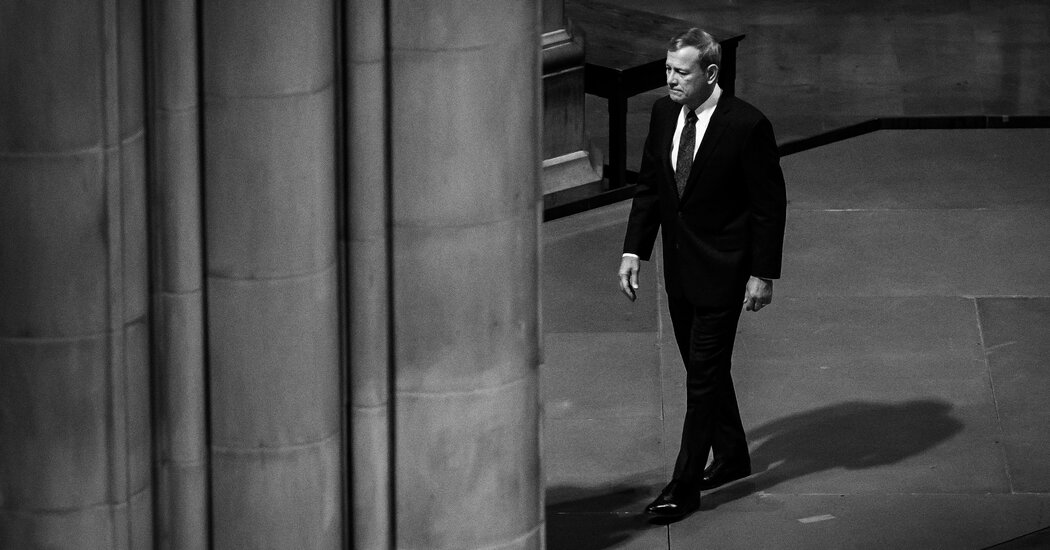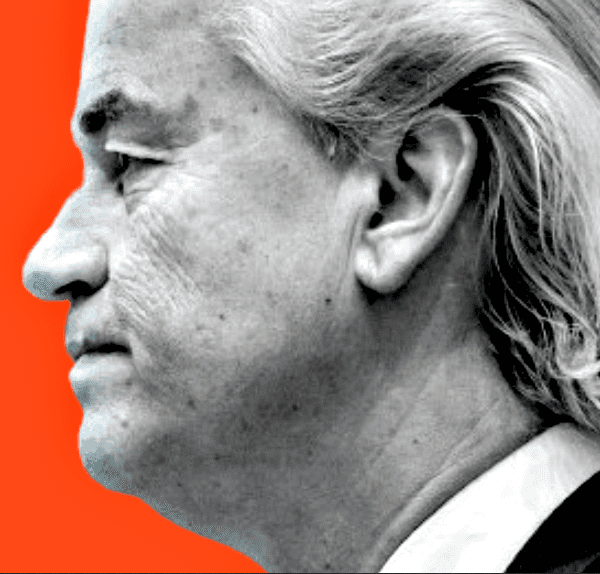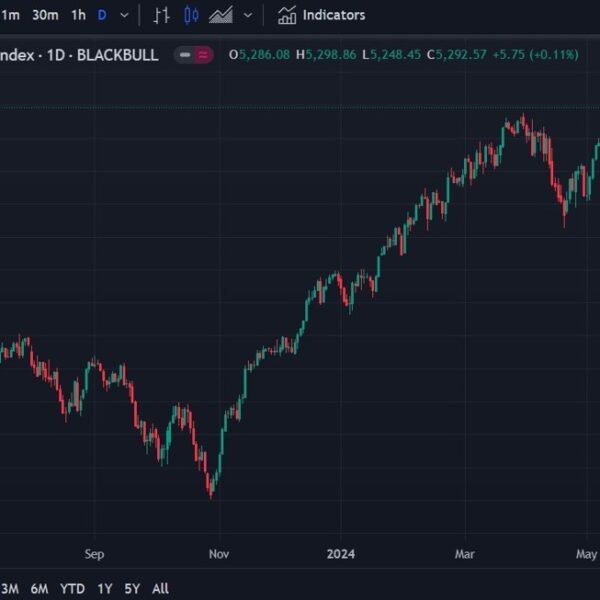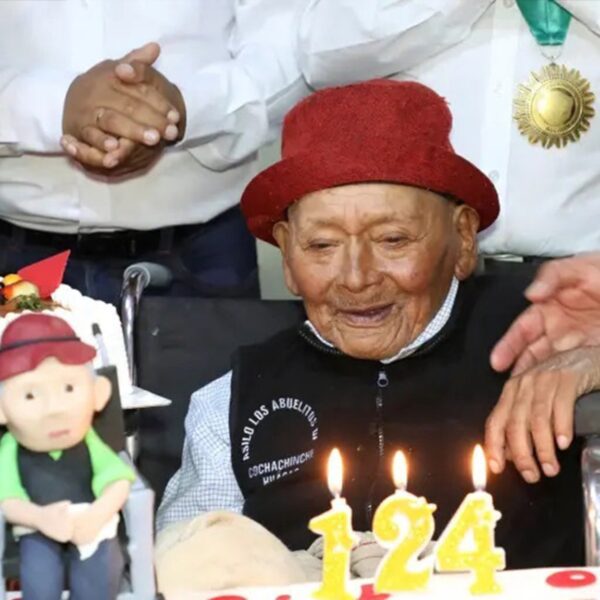As head of the judicial branch — the title is chief justice of the United States, not chief justice of the Supreme Court — a chief justice has many responsibilities, more than 80 of them specified by federal statutes that convey wide-ranging authority. But inside the “conference,” the court’s term for the nine justices as a collective, real authority depends not on statutes but on qualities of leadership. A member of the court, separately confirmed to a life-tenured position, owes nothing to any other member. The only meaningful constraint on the justices’ interpersonal behavior is horizontal, not vertical. Justices know they can accomplish little unless there are four others willing to go along.
When it comes to a chief justice, respect owed to the office goes only so far. Real respect has to be earned. Chief Justice Warren Burger, who served from 1969 to 1986, never seemed to earn it from colleagues who viewed him as pompous and manipulative. Some apparently found him so exasperating that they leaked unflattering details about the court in general and Burger in particular to the reporters Bob Woodward and Scott Armstrong for their blockbuster best seller, “The Brethren.”
His successor, William Rehnquist, had chafed under Chief Justice Burger for 15 years as an associate justice before becoming chief justice in 1986. In important ways, he was Burger’s opposite, prized by his colleagues, including those to his left, as a straight shooter who could be counted on to say exactly what he thought. One of his strengths was that far from seeking to cultivate a public image, he didn’t seem to care what others thought of him. He once skipped the president’s State of the Union address because it conflicted with his painting class at the local recreation center. Far to the right of the court he joined in 1972, he was often a lone dissenter in his early years. As chief justice, although he never abandoned his principles, he was willing to bend if it meant he could speak for a unified court. Of course, as the court became more conservative with the arrival of new Republican-appointed justices, he didn’t often have to bend very far. The grief his colleagues expressed when he died in office at age 80 wasn’t pro forma. It was real.
I’ve thought about Chief Justice Rehnquist as criticism of the court has intensified in the last few months. He was a fierce defender of the court’s standing and prerogatives, using his year-end “state of the judiciary” report to speak up for judicial independence and call out Congress for enacting legislation with impact on the judiciary without consulting the judicial branch. (Chief Justice Roberts, to his credit, did rebuke President Trump in 2018 for attacking a judge who had ruled against his administration.) We’ll never know, obviously, but I think Chief Justice Rehnquist would have drawn on his deep well of capital inside the court and found a way to let Justices Alito and Thomas know that recusal from the Trump immunity case would be highly advisable even if not required. A raised eyebrow might have been sufficient.
John Roberts clerked for Justice Rehnquist when he was an associate justice in the court’s 1980 term. While the two are said to have been close, their hard wiring was certainly very different. The current chief justice maintains exquisite control of his public persona, to the extent that it is hard to think of a spontaneous John Roberts act. But some spontaneity is called for now. His response to the Democratic senators was stiff and formulaic. If there is a blueprint for addressing the issues now swirling around the court, it has eluded a chief justice who might not have acquired the institutional capital to call on in a time of need.















